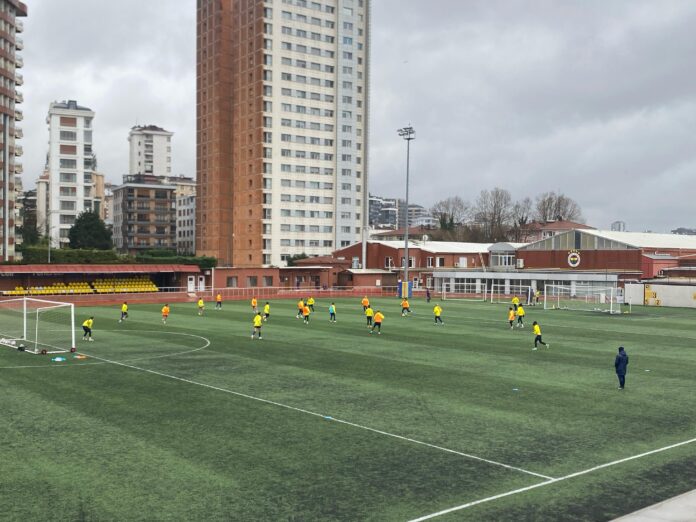Every few years, the global sporting calendar presents brands with a unique commercial opportunity: a rare moment where the world’s attention converges, broadcast coverage multiplies, and athletes transform into household names almost overnight. These moments, World Cups, Olympic Games, continental championships, are predictable, powerful, and packed with potential. The summer of 2025 is one of those moments, particularly in women’s football.
With the UEFA Women’s European Championship taking place across Europe, players like England’s Alessia Russo and Spain’s Aitana Bonmatí will be front and centre across television screens, social media feeds, and news headlines. These are athletes who are not only leaders on the pitch but also recognisable faces in an increasingly commercialised and globalised women’s game. For brands, this creates a strategic opportunity to align their products or services with players who are both culturally relevant and highly visible, especially in European markets, but with resonance far beyond.
However, as visibility increases, so does demand. And that comes with rising costs. Brand deals around major tournaments are competitive, and brands must move early and strategically if they want to secure meaningful partnerships.
Timing Is Everything
Major tournaments offer clear windows of heightened attention. The FIFA World Cup, Olympic Games, and UEFA Euros follow set cycles, allowing brands to plan ahead. The smartest brands do not wait until the opening match or final whistle, they start their planning 6 to 12 months in advance. They invest time into scouting the right athletes, identifying those with strong fan engagement, growing media profiles, and a likely chance of performing well or gaining public attention during the tournament.
By doing so, brands position themselves to ride the wave of anticipation and momentum that surrounds these events. The result is not just increased visibility, but amplification through various media channels: earned press coverage, viral social content, live broadcasts, and post-match commentary. A single, well-executed campaign with a relevant ambassador can cut through in multiple territories and reach millions of consumers in a short time.
In 2025, women’s football represents one of the most fertile commercial landscapes for this type of activation. The game’s popularity is surging across Europe and beyond. Fanbases are growing more emotionally connected to individual athletes, not just teams or federations. And as these players gain greater screen time and social influence, the power of ambassador partnerships grows significantly. Brands now have the opportunity to create campaigns that are both emotionally resonant and performance-driven, tapping into powerful narratives around ambition, equality, and national pride.
Advantage for Athletes and Agents
This isn’t just a golden opportunity for brands, it’s also a prime moment for players and their representatives to maximise their value. Athletes and agents are acutely aware that a major tournament is when their influence and visibility will peak. They understand the marketing lifecycle, and they know that sponsors are often willing to pay more to partner with players during this critical window.
As a result, expect to see players command higher fees during tournament years. Brand partnerships won’t always come cheap, especially with top-tier talent or those predicted to shine. In many cases, agents will aim to avoid short-term, transactional deals and instead push for longer-term contracts. These might cover both the tournament and the following domestic season, helping players sustain their commercial relevance after the media buzz fades.
This could take several forms:
- Multi-stage campaigns that roll out in phases: building anticipation before the tournament, capitalising on real-time engagement during it, and reflecting on performance in post-event storytelling.
- Long-term ambassador agreements that span across seasons, integrating the athlete into club football campaigns, content creation, and brand events beyond the tournament period.
- Co-branded product lines or capsule collections that give the player a share of the spotlight (and often a share of IP), adding authenticity and value to the partnership.
Agents are increasingly sophisticated in how they package their clients. They understand that the goal isn’t just to cash in on a tournament, but to convert short-term exposure into sustained commercial opportunity.
For brands, this means thinking bigger than a logo on a jersey or a quick photoshoot. It means building relationships and assets that last.
Think Beyond the Tournament
The most successful brand activations don’t just ride the wave, they extend it. While it’s tempting to focus all efforts on the weeks surrounding a tournament, the real value comes from building campaigns with a longer arc. Some of the best work in sports marketing has been tied to content series, digital platforms, and physical products that launch in the buildup to a major event and continue well after it ends.
Think of a branded documentary or behind-the-scenes series that launches in the weeks before the tournament and showcases the athlete’s preparation. Or a health and fitness app that integrates the athlete’s training philosophies, timed to launch during the tournament and updated regularly through the season. Or even a social impact campaign that the player champions post-tournament, keeping the brand’s presence aligned with values and purpose.
These are the kinds of ideas that create true brand equity, not just short-term impressions.
In Summary
When it comes to ambassador deals and global events, the fundamentals are clear:
- Plan early and act ahead of the curve.
- Choose athletes who genuinely reflect your brand’s values and resonate with your target audience.
- Design campaigns with a pre-tournament runway and a post-tournament tail.
- Be prepared to pay more when demand peaks, but maximise that investment by thinking long-term.
In sports marketing, timing provides the spark. But longevity is what builds the flame. Brands that understand both will stand out, not just during a tournament, but long after the final whistle blows.

